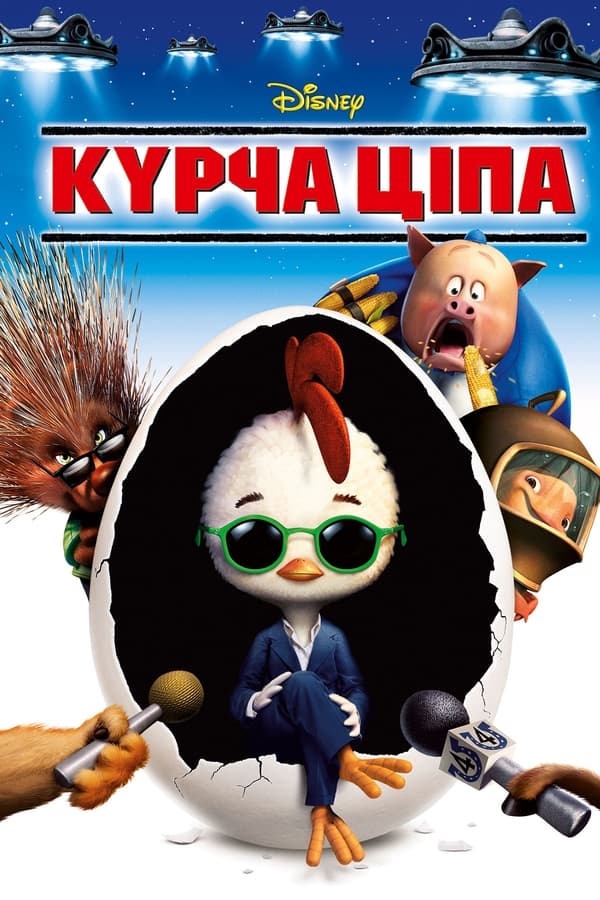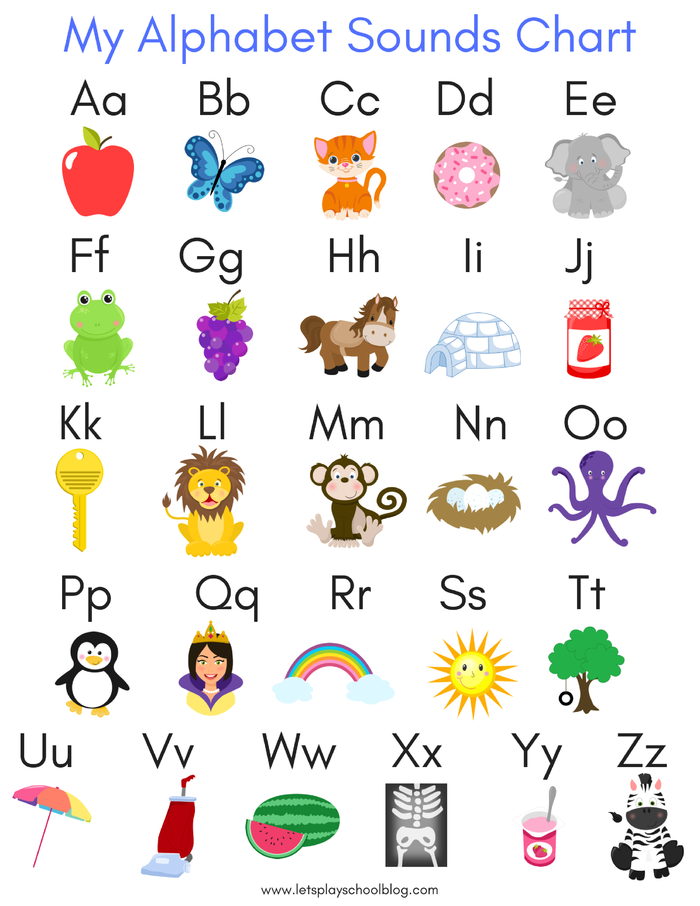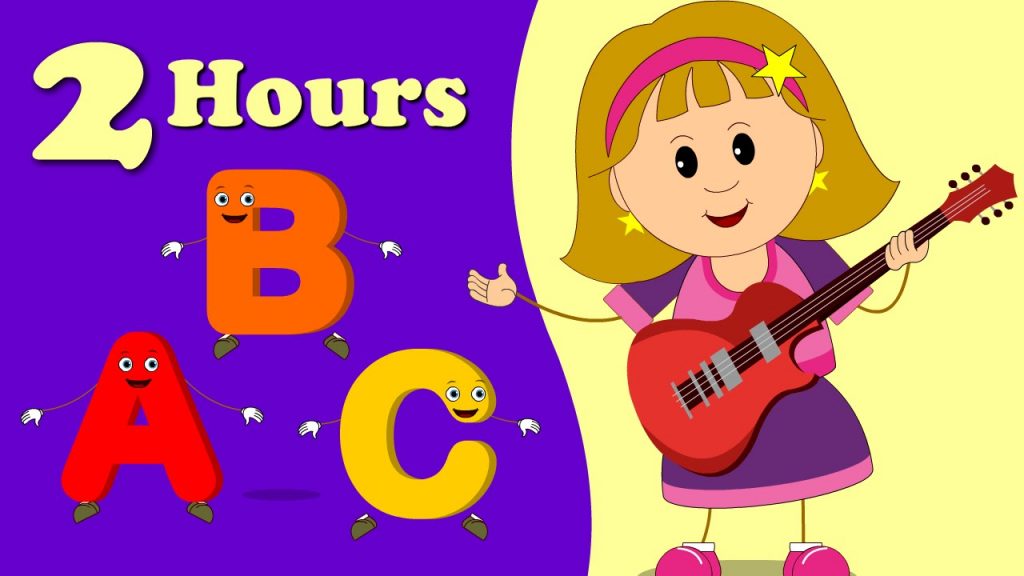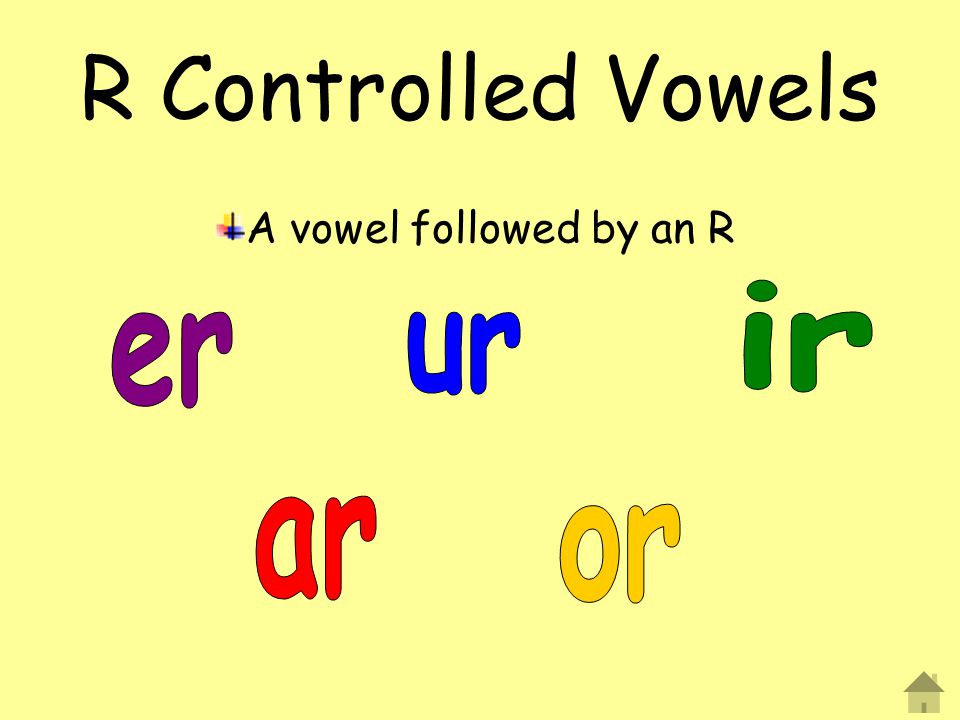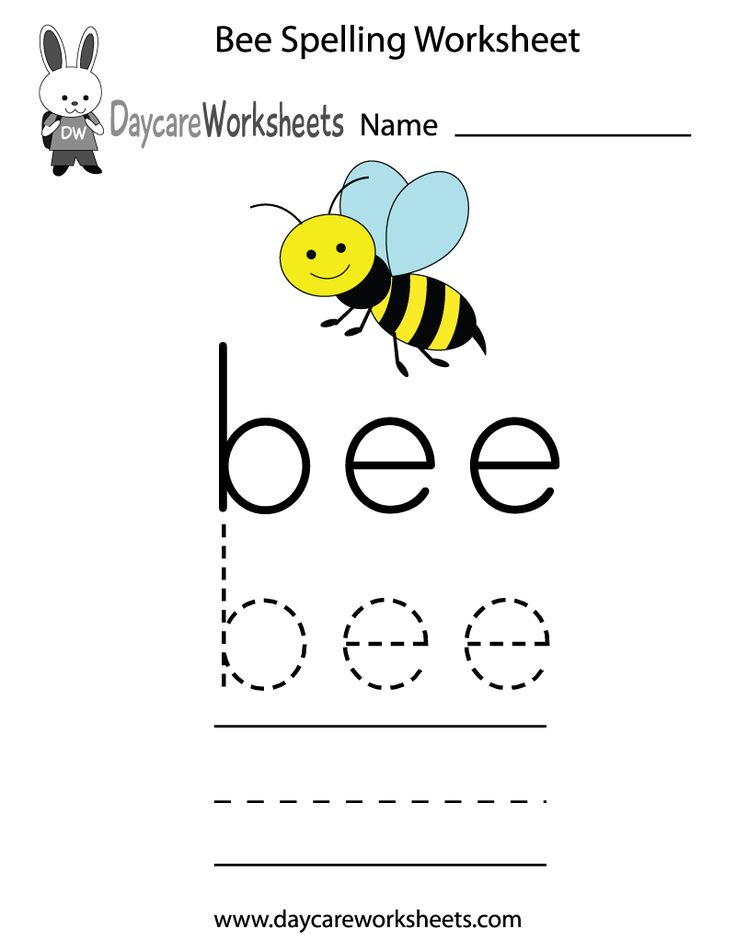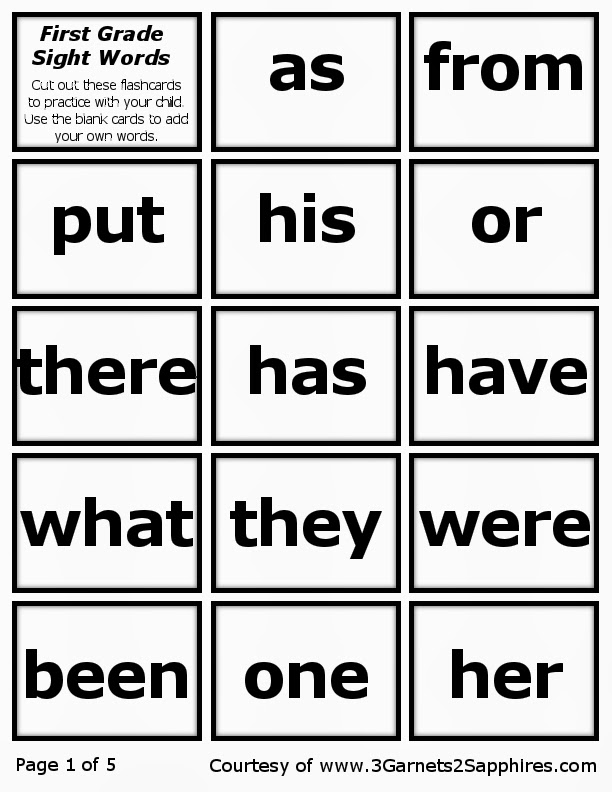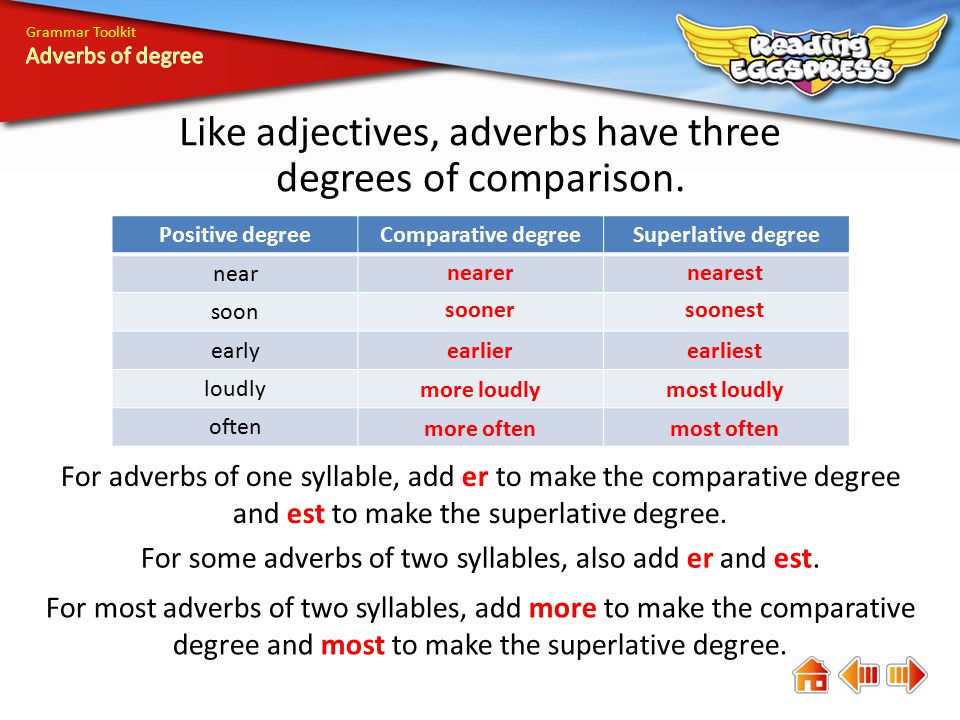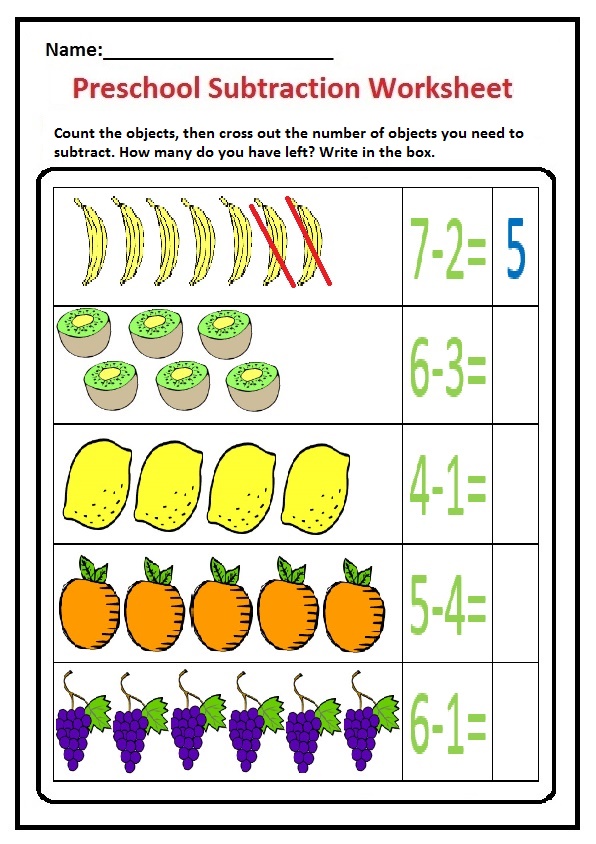When was chicken little written
The Sky Is Falling! Maybe! “Henny Penny” or “Chicken Little”
The story of Henny Penny, also called Chicken Little, or sometimes Chicken-licken (not to be confused with “Finger-licken” from Kentucky Fried Chicken), the terrified little chicken convinced that the sky is falling and that life as we, or at least as chickens know it, is over, is common throughout European folklore—so common that “the sky is falling!” and “Chicken Little” and related names have become bywords for fearmongering, and the often tragic results that occur.
Exactly where the first version of the story was told is a bit unclear, but one of the first to record the tale was Just Mathias Thiele (1795–1874), a Danish scholar employed at the Royal Danish Library. Inspired by Jacob and William Grimm, he began collecting Danish folktales, publishing his first collection in 1818. The collections proved to be so influential that Hans Christian Anderson would later dedicate a story to Thiele’s daughter. His version of Henny Penny appeared in his 1823 collection, with the familiar elements already present: rhyming names, a series of barn animals, a terror set off by something completely ordinary (in this case, a falling nut) and a very hungry fox more than willing to take advantage of the situation.
That version was not, however, translated into English until 1853. Before that, young American readers had access only to a slightly different version written and published by John Green Chandler. Trained as a wood engraver, he eventually became a lithographer and illustrator who ended up specializing in simple and elaborate paper dolls. In 1839, he set up a small printing business in Roxbury, Massachusetts. Possibly to help advertise his new business (my speculation), or possibly to help raise funds for Boston’s Bunker Hill Monument (slightly more historical speculation) or both, in 1840 his press printed a small pamphlet, The Remarkable Story of Chicken Little, featuring his texts and illustrations, available for a few cents. More recently, an internet auction sold a rare original copy for $650.
Chandler’s version is delightfully simple, if not always that grammatically correct—the story arbitrarily switches between past and present tense, for instance, sometimes in the same sentence.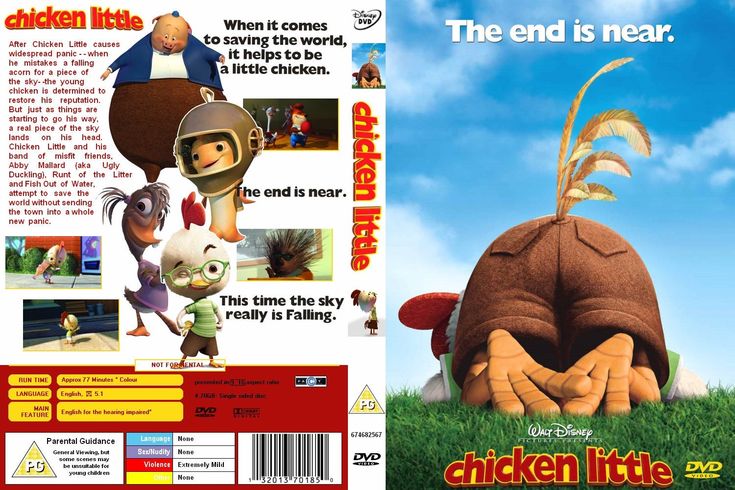 And I am more than a little concerned that what Chandler originally describes as something that “disturbed a whole neighborhood” turns out to be the savage murder of Turkey Lurkey, Goose Loose, Duck Luck, Hen Pen, and Chicken Little, like, ok, Chandler, granted this all turned out well for the Fox, who got to eat all of his neighbors, but the sudden death of no less than five animals, all friends, cannot be called a mere “disturbance,” as you put it.
And I am more than a little concerned that what Chandler originally describes as something that “disturbed a whole neighborhood” turns out to be the savage murder of Turkey Lurkey, Goose Loose, Duck Luck, Hen Pen, and Chicken Little, like, ok, Chandler, granted this all turned out well for the Fox, who got to eat all of his neighbors, but the sudden death of no less than five animals, all friends, cannot be called a mere “disturbance,” as you put it.
John Green Chandler’s The Remarkable Story of Chicken Little
Despite these issues, The Remarkable Story of Chicken Little caught the attention of Sarah Josepha Hale. Chandler could not have found a better publicist. These days, Hale is mostly remembered for writing “Mary Had a Little Lamb” and establishing Thanksgiving, but in her day, Hale also worked as a novelist and as the editor of influential journals focused on women, including
Ladies Magazine (1828-1836) and the extremely popular Godey’s Lady’s Book (1837-1877).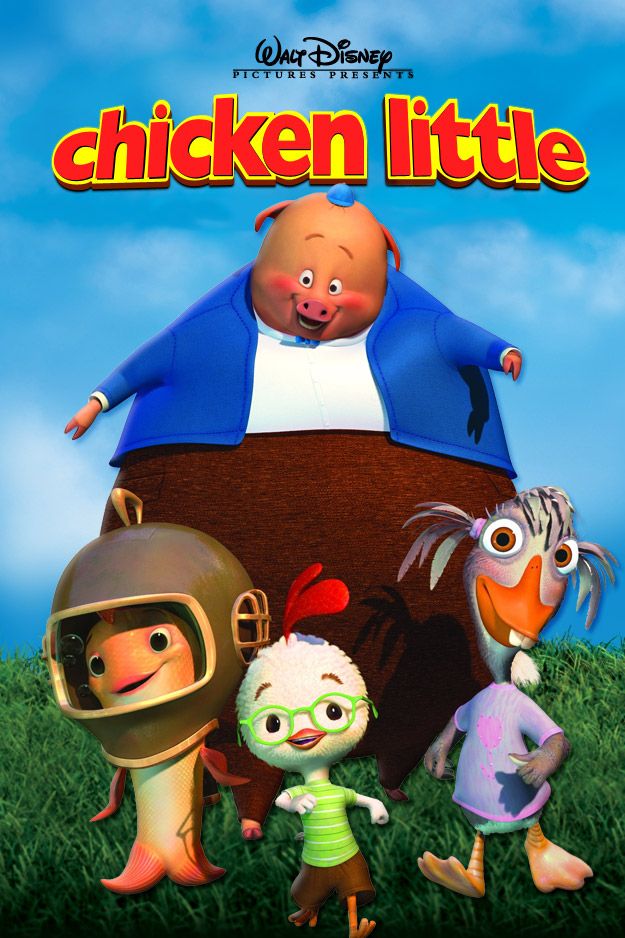 She had also published a successful book of children’s poetry, and was thus regarded as a reliable judge of “suitable” children’s books.
She had also published a successful book of children’s poetry, and was thus regarded as a reliable judge of “suitable” children’s books.
Her approval led Chandler to print out several new editions, all snatched up by young readers. His version became so popular that it may have led to the increased use of “Chicken Little” in 19th century newspapers to describe scaremongers, although it’s also possible that the journalists using the term were thinking of an earlier oral version. His daughter, Alice Green Chandler, left his papers and the remaining paper dolls and books to her cousin Herbert Hosmer, who had a serious obsession with toys, later founding a small museum dedicated to antique toys and children’s books. Hosmer was mostly interested in the paper dolls, but was also impressed by Chandler’s version of the Chicken Little story, eventually publishing—at his own expense—two versions of Chandler’s tale in 1940 and 1952, and his own poetic version in 1990.
Chandler’s success inspired several other American writers to publish versions of the story throughout the 19th and early 20th century, nearly all sticking with the original rather grim ending.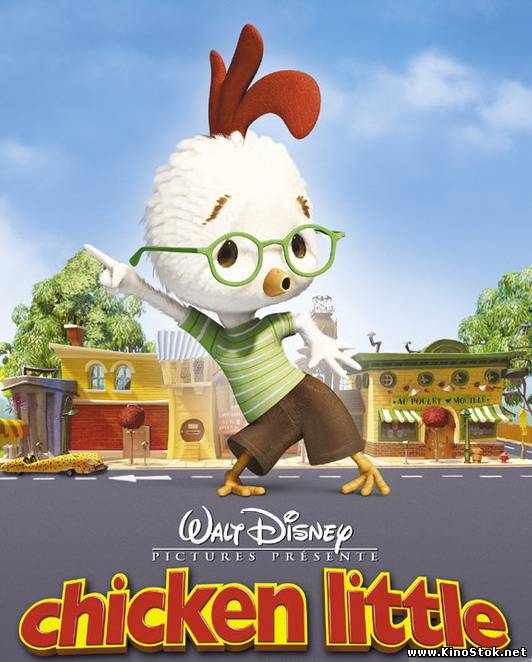 But if 19th century children loved that sort of thing, mid 20th century publishers were less enthralled, and began switching to versions that tweaked the ending—and by tweaked, I mean completely changed. Instead of getting gobbled up by a fox, the foolish characters instead manage to reach a king, who assures them that the only thing that falls from the sky is rain.
But if 19th century children loved that sort of thing, mid 20th century publishers were less enthralled, and began switching to versions that tweaked the ending—and by tweaked, I mean completely changed. Instead of getting gobbled up by a fox, the foolish characters instead manage to reach a king, who assures them that the only thing that falls from the sky is rain.
This is the version I first encountered, when I was about three. I didn’t like it then, and not just because The Cat in the Hat and Green Eggs and Ham were obviously better books. And I’m not fond of it now. I’m all for reassuring young children, but this altered ending just doesn’t work for me—perhaps because I find it difficult to believe that animals terrified that the sky is falling will believe any leader, even a king, who tells them the opposite, or perhaps because I am all too aware that lots of things other than rain can fall from the sky—meteors, volcanic ash, debris from falling satellites—that sort of thing.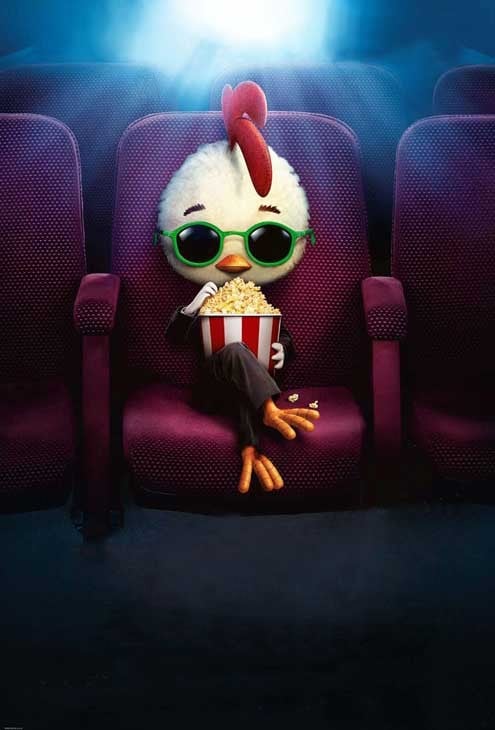 Oh, sure, that might be rare, but it happens. Or perhaps because I’m feeling somewhat uncomfortable with the basic setup here, where the silly animals get reassured by a (usually) human king; this might work better if the reassurance came from a cow. Even a kingly cow.
Oh, sure, that might be rare, but it happens. Or perhaps because I’m feeling somewhat uncomfortable with the basic setup here, where the silly animals get reassured by a (usually) human king; this might work better if the reassurance came from a cow. Even a kingly cow.
And if the original story, where the animals all end up mostly dead, seems a bit, well, harsh for a simple freakout over an acorn, or a rose petal, or any other small thing that just happens to fall on the head of a chicken—removing that harshness also removes the impact of the tale’s two main messages: first, not to overreact to small things, or blow them out of proportion, and second, not to believe everything that you’re told. After all, in the revised version, nothing much happens to Chicken Little and her friends, apart from a brief scare, and the chance to meet and chat with an actual king. Arguably, having to reassure them even means that he suffers more than they do, though I suppose it can also be argued that reassuring chickens is sort of his job. In the older version, Chicken Little and her followers face the real danger—and consequences—of their credulity.
In the older version, Chicken Little and her followers face the real danger—and consequences—of their credulity.
That danger was the message that Disney chose to focus on in its first attempt to bring the story to the screen, the 1943 short Chicken Little, which served as a none too subtle warning to viewers to be wary of propaganda, specifically, propaganda from the Nazi party. Produced in the middle of a war, the short had what was easily one of the darkest endings of any Disney production, and certainly one of the highest death counts, and remains one of the few animated works from any Hollywood studio that includes direct quotes from Mein Kampf. A rough transfer is up on YouTube. If you can find it, I recommend the cleaner transfer available on the Walt Disney Treasures—On the Front Lines DVD, released in 2004, or on the Walt Disney Treasures—Disney Rarities—Celebrated Shorts 1920s -1960s DVD, released in 2005. Or just wait until Disney releases the short again.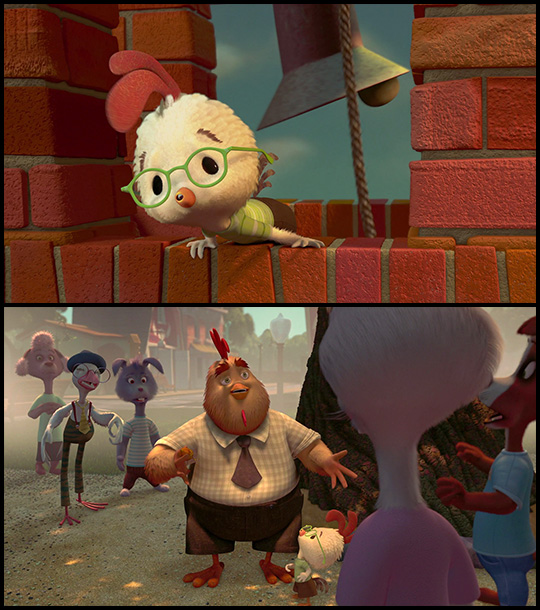
By 2005, however, Disney Animation feared not Nazis, but a computer animation company called Pixar. Their take on the tale, therefore, was to be quite different.
Mari Ness lives in central Florida.
citation
A Summary and Analysis of the Chicken Little Folk Tale – Interesting Literature
LiteratureThe tale of Chicken Little, or Chicken Licken as he’s sometimes known, is a famous folk tale. But where did it come from, and what is the meaning of the Chicken Little story?
The term ‘Chicken Little’ has become almost synonymous with alarmism, with the term being used to describe people who needlessly stoke fear among people. Let’s take a closer look at the meaning and origin of this classic folk tale.
Chicken Little tale: plot summary
The basic story of Chicken Little varies in its details from telling to telling, but the essential plot tends to go something like this.
A chicken, often named Chicken Little (though as we’ve seen, she also goes under other names in different versions of the story), is walking in the woods when she is struck by an acorn falling from one of the trees.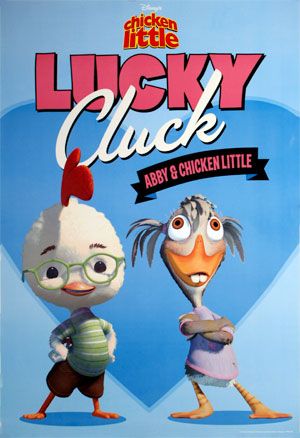
Convinced that this is a sign the sky is falling in, Chicken Little rushes from the woods to go and warn the king.
On her way to see the king, she meets a number of her friends, who are also birds, usually with rhyming names: Henny Penny, Goosey Loosey, Ducky Lucky, Turkey Lurkey, and so on … you get the idea. As she meets each of them along her way, Chicken Little tells them that the sky is falling in, and that she has first-hand evidence of this.
All of these other birds join Chicken Little as she makes her way to the king, and soon there is a large group of them convinced that the sky is falling on them. They hasten their way, intent on delivering the news.
On their way, they come across Foxy Loxy (a fox, of course), who asks them why they’re in such a hurry. Chicken Little explains to him that the sky is falling and that they’re on their way to notify the king. Foxy Loxy offers to take them to the castle where they will find the king, and the birds agree to accompany him.
However, the cunning fox leads them not to the castle, but to his den, and the birds are never seen alive again.
Chicken Little tale: analysis
This simple tale with its short and rather straightforward, linear plot hides an impressive number of morals within its brief narrative. But what are those morals, and what is the meaning of the Chicken Little (or Chicken Licken) tale?
We might summarise the moral messages of the story as follows: 1) don’t form incorrect conclusions from insufficient data; 2) don’t stoke fear in others without good cause to do so; and 3) don’t take other people’s word for things, especially when those other people are making extraordinary claims (which should require extraordinary evidence).
Let’s take each of these morals in turn. First, Chicken Little is obviously wrong to draw the conclusion that the whole sky is falling in, simply because she has been hit on the head by an acorn. It’s a human failing to extrapolate our own (bad) experiences into somehow representing objective reality for everyone else, too: I read a book when I’m too busy or stressed to give it the attention it deserves, and confidently proclaim the book to be a load of overrated rubbish.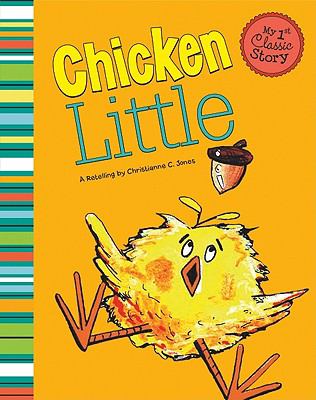
It works the other way, too: an affluent middle-class person on furlough with a big garden might have had a great 2020 despite what was going on in the world, but it doesn’t mean everyone else did. The fact that it’s something as small as an acorn which wrongfoots our avian (anti)heroine only makes her delusion all the more ridiculous.
The second and third morals are, of course, related, though they pertain to different characters in the tale. And, in many respects, the first point is related to the second. Chicken Little acts irresponsibly by spreading a false rumour, thus inciting fear among her friends. But she does so because she (stupidly) believes in her own scaremongering: she really does believe that the sky is falling in. Whether this mitigates her irresponsible fearmongering or makes it worse (stupidity and misinformation) is hard to say, and open to discussion and interpretation.
But her friends must also take their fair share of the blame for following her so readily.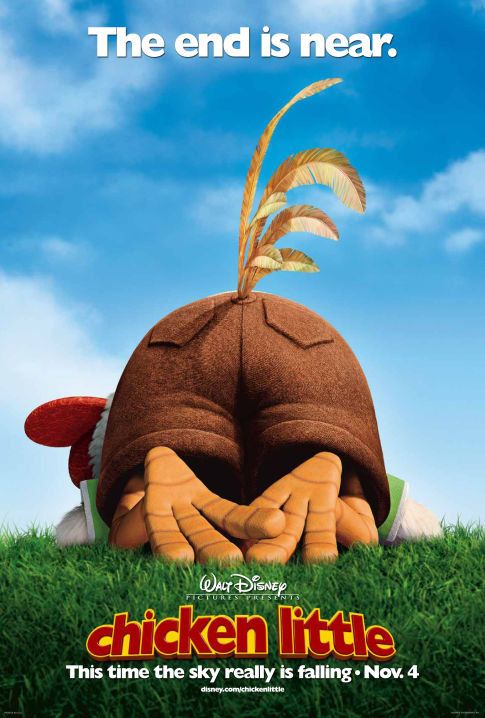 In many ways, they’re worse than Chicken Little herself, because at least she had some physical ‘evidence’ (or what she took for evidence) for her claim. By contrast, Goosey Loosey and the others are content merely to take Chicken Little’s word for it, without questioning her evidence or her extraordinary claim in more detail.
In many ways, they’re worse than Chicken Little herself, because at least she had some physical ‘evidence’ (or what she took for evidence) for her claim. By contrast, Goosey Loosey and the others are content merely to take Chicken Little’s word for it, without questioning her evidence or her extraordinary claim in more detail.
The story obviously has parallels with the fable of the boy who cried wolf, although in the case of that story, the moral is more straightforward. With Chicken Little, several moral teachings coincide neatly into one narrative.
What are the origins of the Chicken Little fable? We can’t say for sure, though the story had found its way into print by the early nineteenth century. Indeed, a Danish folklorist and scholar, following the lead of the Brothers Grimm, published a version in 1823. It wasn’t Hans Christian Andersen (he wouldn’t begin writing his fairy tales until a short while later), but Just Mathias Thiele (1795-1874). Thiele’s story contains many features of the story we mentioned in our plot summary above, although it’s a falling nut rather than an acorn which causes the chaos.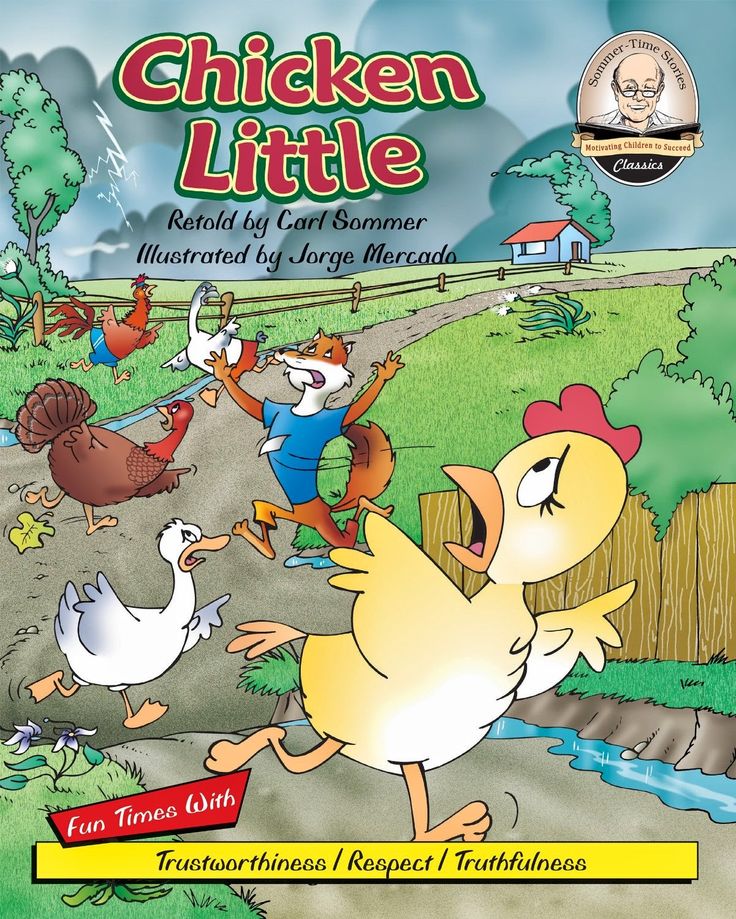
In America, however, the story had already been popularised by John Green Chandler, with the help of Sarah Josepha Hale (1788-1879), who is best-remembered for writing the rhyme ‘Mary Had a Little Lamb’ and for campaigning to have Thanksgiving recognised as a national holiday in the United States. Together, Chandler and Hale ensured that millions of children were familiar with the Chicken Little story and with its moral warnings.
The Chicken Little story continued to enjoy popularity in the twentieth century, with Disney producing a short film in 1943 warning about mass hysteria, with specific reference to the Nazis. The 2005 Disney adaptation completely changes the plot (by adding aliens, whose spaceship, or parts of it, really do fall from the sky), and, in doing so, misses the moral message (or messages) of the fable: in this version, Chicken Little is right to spread mass fear among the townsfolk and is thus vindicated.
Like this:
Like Loading...
Tags: Books, Chicken Little, Classics, English Literature, Folk Tales, Literature
The chicken is fluffed up, moves a little, does not eat or drink: reasons and what to do?
Content:
Food refusal and depression are characteristic symptoms of infectious and non-communicable diseases.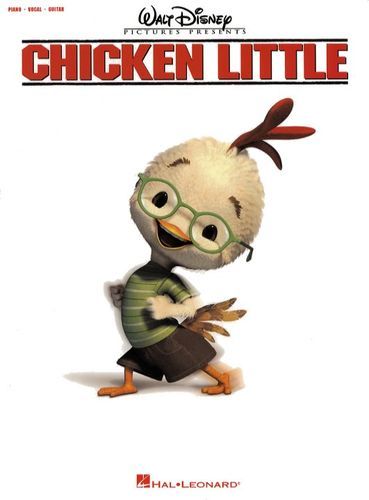 Most often, the described pathologies are accompanied by intoxication. To quickly remove toxic metabolites from the body, the chicken drinks a lot. But it also happens that the bird stops drinking water, which is a more formidable symptom than anorexia. This article reports on the reasons for this phenomenon and tells what to do in the circumstances.
Most often, the described pathologies are accompanied by intoxication. To quickly remove toxic metabolites from the body, the chicken drinks a lot. But it also happens that the bird stops drinking water, which is a more formidable symptom than anorexia. This article reports on the reasons for this phenomenon and tells what to do in the circumstances.
Causes
The reason for stopping the intake of water and food is a blockage of the goiter. This expansion of the esophagus is clogged with roughage, such as grain waste with a lot of films or unground grass particles. Another cause of clogging of the goiter is the inflammatory process caused by the reproduction of yeast-like fungi from the genus Candida. They are permanent inhabitants of the mucous membranes of the internal organs of mammals and birds.
Yeast does not harm a healthy body, however, under certain conditions, it becomes active and begins to multiply. This happens due to a drop in immunity as a result of poor maintenance, feeding, prolonged use of antibiotics, chronic diseases, and personal characteristics of the chicken.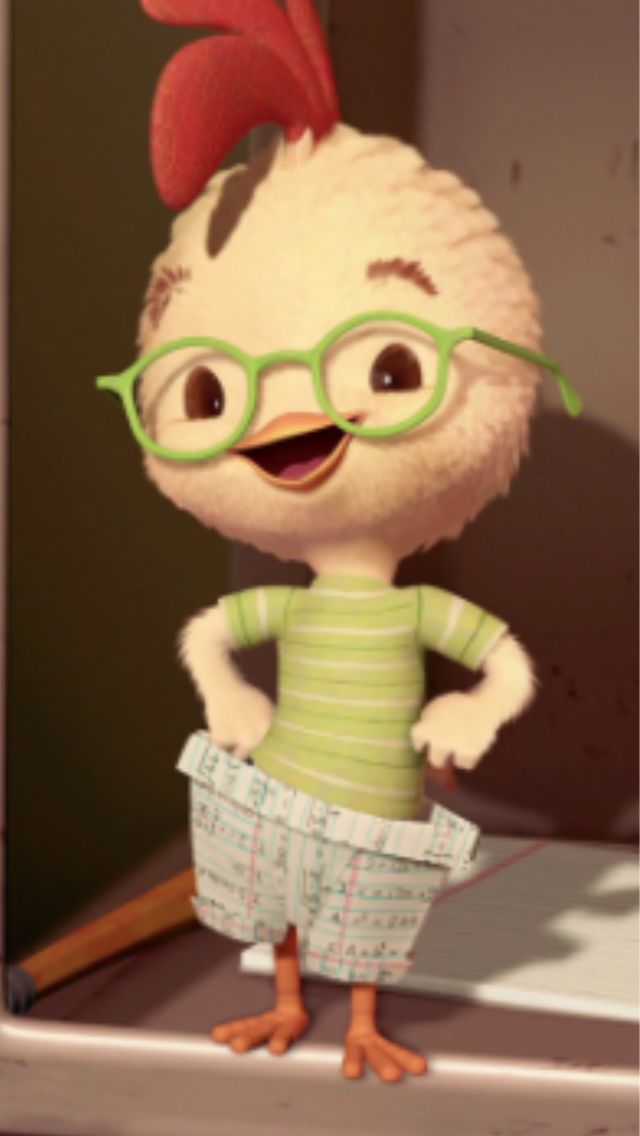
Pathogenesis
Putrefactive microbes take advantage of food retention, as a result, the goiter becomes clogged. The released metabolites poison the body, causing depression. The overcrowding of the chicken stomach and becomes the reason for refusing to drink and eat. Dehydration sets in, the bird lies or sits ruffled. In industrial production, the chicken is culled, and the owner of the chicken coop can try to cure it.
Clogged goiterPathology is detected when examining a bird with a dried or pale scallop. She stops rushing, becomes light. If the goiter is clogged, the bird is slaughtered. With candidiasis, the expansion of the esophagus resembles a ball filled with liquid. The smell of sour milk spreads from the chicken's beak.
Treatment
Sick birds are removed. Prepare a solution of an antimicrobial agent to kill the fungus. Baytril 10% is in demand. A 1 ml ampoule is mixed with 200 ml of water. It is this solution that will be offered to the bird for drinking for a day.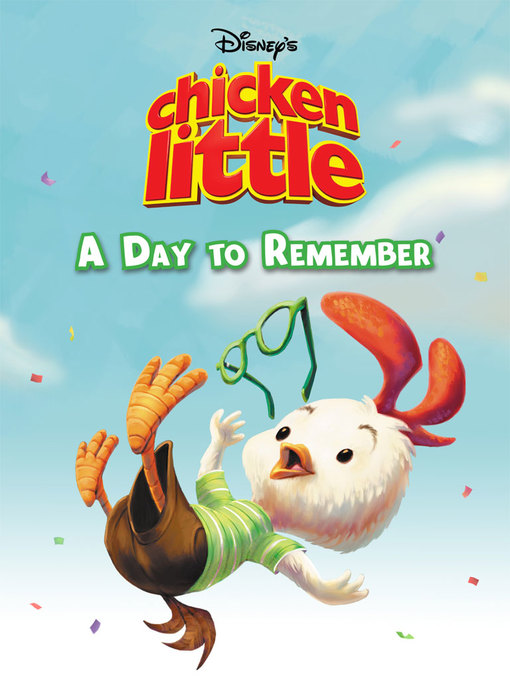 The initial therapeutic action is the release of goiter from pathological contents. The chicken is picked up, the expansion of the esophagus is massaged from the stomach to the mouth, holding the head vertically down. After the white fluid flows out, the beak is opened and 2 ml of Baytril solution is injected using an injector without a needle. It is necessary to make sure that the medicine does not get into the respiratory tract, but into the goiter. The manipulation is repeated twice a day. The solution remaining in the drinker is changed the next day. The course of therapy is 5 days.
The initial therapeutic action is the release of goiter from pathological contents. The chicken is picked up, the expansion of the esophagus is massaged from the stomach to the mouth, holding the head vertically down. After the white fluid flows out, the beak is opened and 2 ml of Baytril solution is injected using an injector without a needle. It is necessary to make sure that the medicine does not get into the respiratory tract, but into the goiter. The manipulation is repeated twice a day. The solution remaining in the drinker is changed the next day. The course of therapy is 5 days.
Some poultry farmers suggest pouring 3-4 ml of bio-yogurt into the chicken after 2 hours, believing that this nutrient mixture will act as a probiotic. The manipulation will not bring harm, but the beneficial microflora will die under the influence of Baytril. It is possible that the probiotic will have to be used, but later, three days after the end of the course of treatment, if the chicken is vilified.
Some poultry farmers practice disinfecting chicken drink with acetic acid. For some reason, apple cider vinegar is popular, but ordinary table vinegar is not inferior to it - a teaspoon for 3-4 liters of water - or lemon - 1 g / dm 3 . When using Baytril solution, acidifiers cannot be used, they neutralize the effect of the drug.
On the next day after the start of treatment, the chicken is offered soft food in small quantities so that it does not turn sour. It can be mashed potatoes or boiled porridge mixed with kefir. The transfer of poultry to normal feed should be carried out gradually, within 5–7 days after the improvement of its condition. Will she still be a good laying hen and will she be able to lay eggs at all? This can be established by the owner by observing the behavior of the chicken he has cured.
Prevention
Prevention of candidiasis in chickens is to ensure proper maintenance - cleanliness in the chicken coop, regular treatments against ectoparasites, as well as helminths.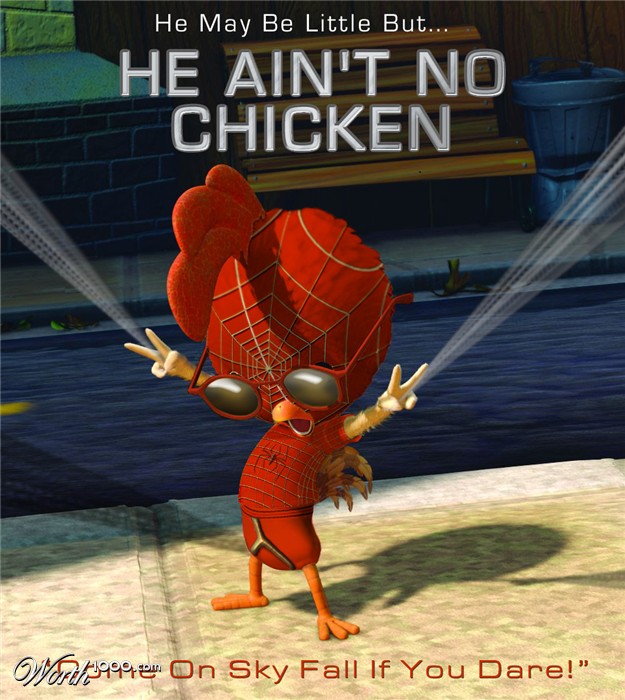 Complete nutrition is provided by factory compound feed or feed mixture made from BVMK and cereal turf. We should not forget about the shell, which is poured into separate feeders or added to the feed mixture. If chickens walk around the yard, gravel can be omitted from the diet. Such techniques will prevent a decrease in immunity.
Complete nutrition is provided by factory compound feed or feed mixture made from BVMK and cereal turf. We should not forget about the shell, which is poured into separate feeders or added to the feed mixture. If chickens walk around the yard, gravel can be omitted from the diet. Such techniques will prevent a decrease in immunity.
Some poultry farmers practice the use of wet mash. Such food increases the appetite of chickens, but if used carelessly, it can lead to thrush or feed poisoning. You should not feed the bird with spoiled or fermented gourds, vegetables, fruits.
Caution is required when feeding chickens food waste, which may contain salt, spices, serve as a good breeding ground for the development of yeast fungi and putrefactive microflora.
The chicken coop should be clean, dry and warm All diseases of chickens come from the inattentive attitude of the owners towards them. They should not be taken as utilizers of food residues and gardening waste..jpg) It is not necessary to conduct experiments on feeding non-traditional feeds on the bird. It is necessary to make sure that the owners and chickens feel satisfaction from communicating with each other.
It is not necessary to conduct experiments on feeding non-traditional feeds on the bird. It is necessary to make sure that the owners and chickens feel satisfaction from communicating with each other.
We invite you to join our Zen channel and group in Vkontakte or Odnoklassniki, where new articles are published, as well as news for gardeners and livestock breeders.
Similar articles:
- Signs of beriberi in chickens
- Chickens fall to their feet in winter: what is the reason?
- Pigeons' spinner and danger to humans
symptoms, causes of falling on your feet, prevention and treatment
Chickens are one of the most unpretentious and popular birds for breeding in households and farms. In order for the birds to bring as much benefit as possible, in the form of high egg production, good growth, it must be healthy.
Sometimes you have to deal with unpleasant situations when chickens start to get sick.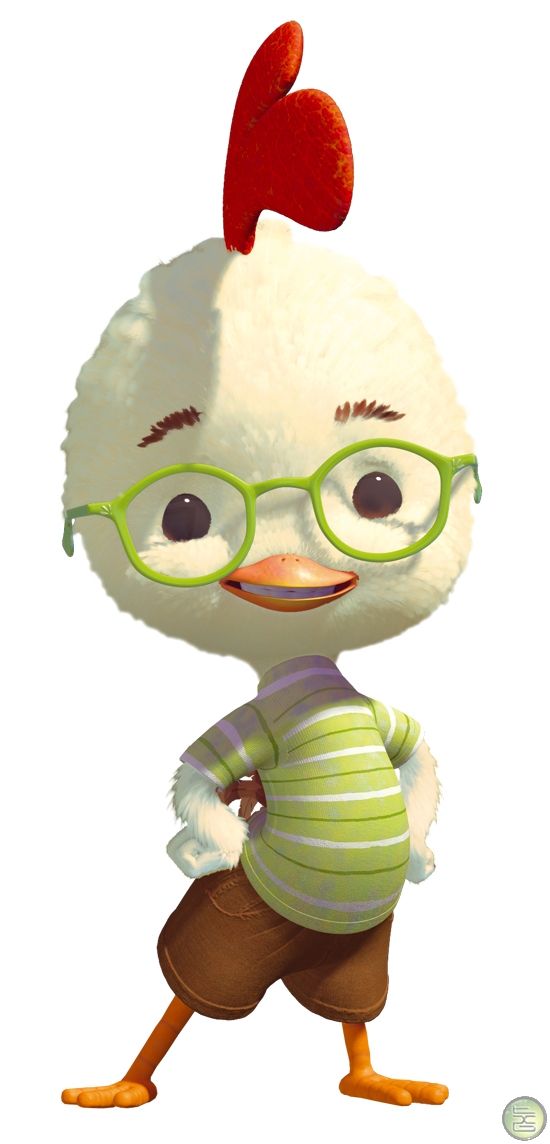 And the most common ailment - the chicken's legs failed, how to treat?
And the most common ailment - the chicken's legs failed, how to treat?
The first thing to do is find out why the chicken's legs failed. In order to understand why the chicken has become legless and what to do, you need to carefully analyze the conditions of keeping and the diet of the birds.
Symptoms that chickens are sick:
- The bird begins to limp, to fall sideways
- Complete or partial paralysis of the legs
- Poor appetite
- Decreased activity
- Hen unfolds her wings
Rickets
Causes:
- Vitamin D deficiency in chickens,
- Lack of sunlight
- Deficiency of phosphorus and calcium salts
Birds that have the opportunity to walk in an aviary get sick with this disease much less often. The disease can develop in individuals of different ages.
Symptoms:
- complete paw failure
- birds pull paws
- fall completely on the side
- Laying hens lay eggs with soft shells or stop laying them altogether.
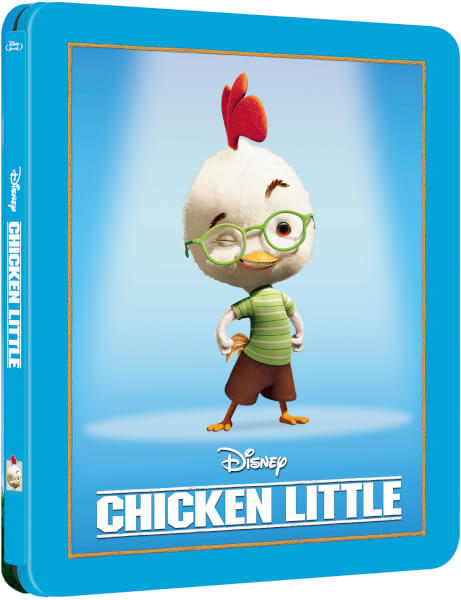
Chicken rickets can be cured by changing the diet. As an emergency, introduce special premixes Dar Veles Susta-Vet into the diet. It is necessary to introduce carbohydrates, fats, cabbage, beets, carrots into the diet. Introduction of vitamin-mineral-amino acid supplements Chiktonik, Belavit forte . Chickens must be given calcium in the form of shell rock, limestone grits, Krepkovit, , which have a direct effect on the formation of the skeleton of birds.
Arthritis
Inflammation of the joint capsules, as well as the tissues adjacent to them. As a result, the limbs of birds fail completely. The reason is malnutrition and poor hygiene in the poultry house. Also, the cause may be the infection of birds with a virus.
Symptoms:
- chickens become almost immobile
- some may limp
- joints hot
To exclude viral arthritis, it is enough to adhere to sanitary and hygienic standards.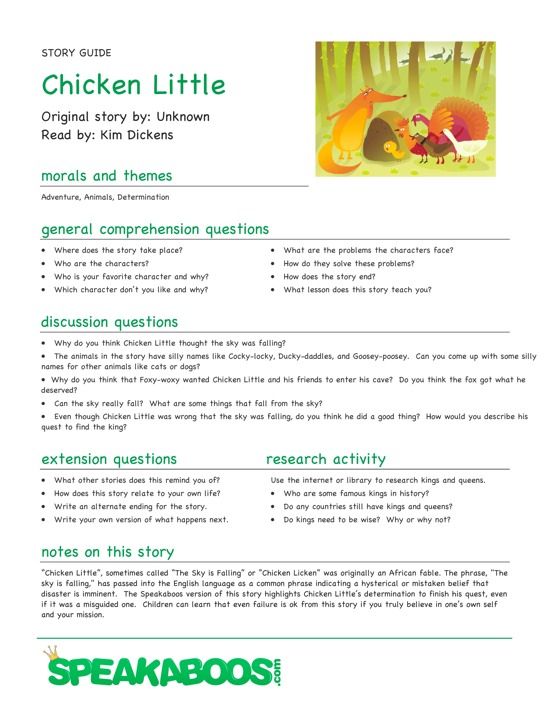 Timely disinfect the chicken coop Ecocide C, Monclavit, Ligrocid, Laina . In therapy, antibacterial ( Tylosin, Baytril, Enrostin, Oflosan ) and antiviral drugs are used. The duration of therapy is not more than 5-7 days. In advanced cases, therapy is prolonged and often fatal.
Timely disinfect the chicken coop Ecocide C, Monclavit, Ligrocid, Laina . In therapy, antibacterial ( Tylosin, Baytril, Enrostin, Oflosan ) and antiviral drugs are used. The duration of therapy is not more than 5-7 days. In advanced cases, therapy is prolonged and often fatal.
Displaced tendons
The disease mainly affects broilers or fast growing breeds. It is provoked by a lack of vitamin B, especially in winter.
Symptoms:
- birds lying or falling backwards
- in the last stage, the legs may come off.
It is difficult to get rid of the disease, often breeders slaughter the bird.
Prevention: premixes containing B vitamins ( Gift of Veles, Laying hen and others),
Chiktonik .
Leg growths
Causes:
Knemidocoptosis ("calcareous foot", scabies). The causative agent is the knemidokopt mite.
The causative agent is the knemidokopt mite.
It develops against the background of violations in keeping chickens (high temperature and humidity, untimely change of bedding, rare disinfection of feeders, drinkers, inventory). Chickens are affected in the warm season: from late May to mid-September. The tick breaks through passages in the integumentary membranes on the legs, reaching the epithelial tissue, blood circulation in the paws is disturbed.
The bird first feels intense itching, then pain in the legs. the chicken stands on one leg for a long time, squeezing and unclenching its fingers, pecking at the paws in the blood (thereby spreading ticks around the chicken coop). In the treatment, use anti-mite preparations Celandine powder, Bars, Frontline, Delcid . Without timely treatment, it leads to necrosis of the fingers on the paws and the death of the chicken.
Gout. Occurs due to unbalanced nutrition: the predominance of proteins in the diet.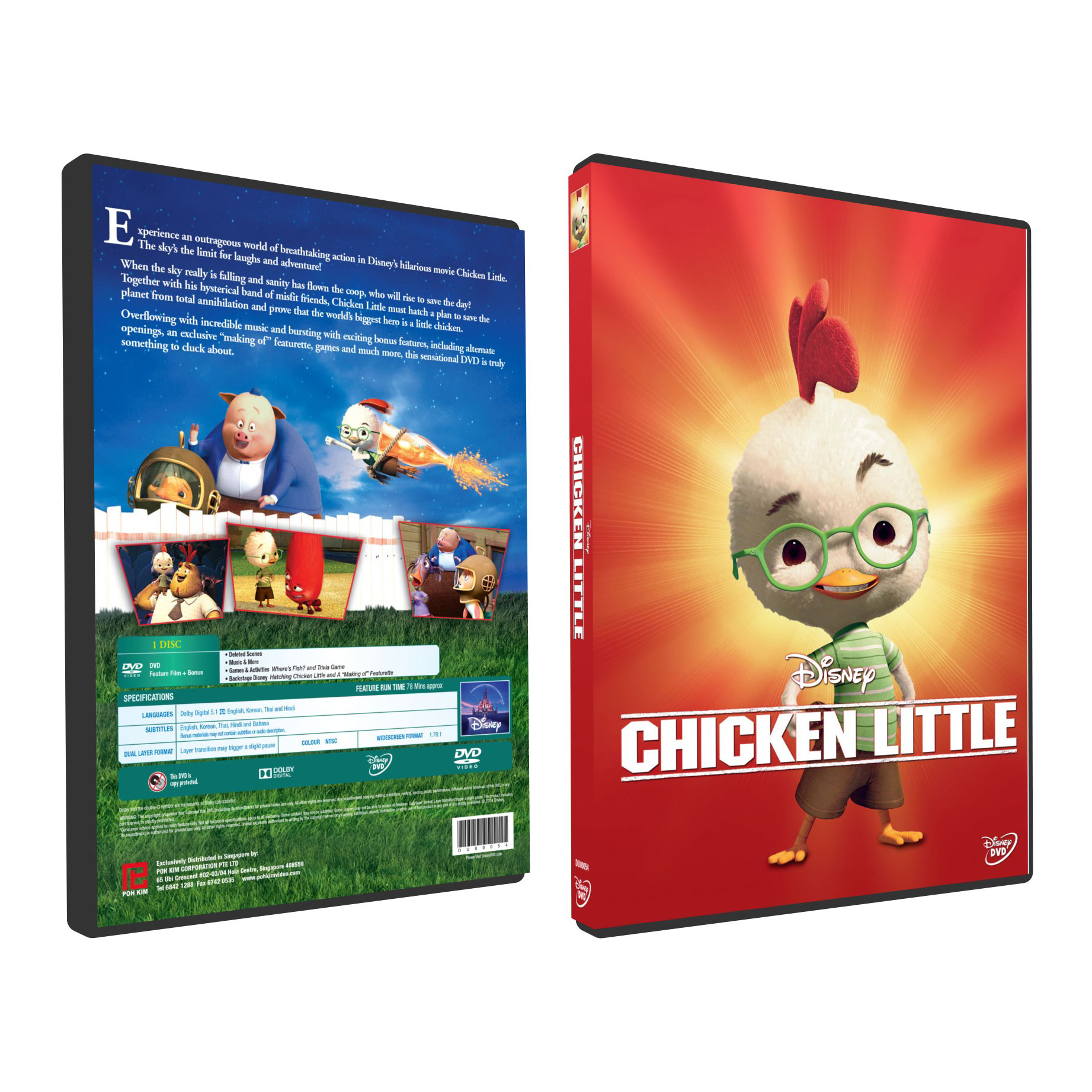 Due to the deposition of salts, the joints on the legs swell and grow. Outgrowths filled with pus are formed. At the same time, muscles, kidneys, and the digestive system are affected. Chickens begin to limp, fall. The joint of the leg loses its mobility, irrevocably deformed
Due to the deposition of salts, the joints on the legs swell and grow. Outgrowths filled with pus are formed. At the same time, muscles, kidneys, and the digestive system are affected. Chickens begin to limp, fall. The joint of the leg loses its mobility, irrevocably deformed
Calluses
These are hard bumps that are painful when pressed and make it difficult for chickens to walk. Cracking of the growths leads to infection of the bird's body with staphylo- and streptococci. They are formed due to the uneven distribution of the load on the paws in the cage keeping of chickens or on a very hard surface.
- To balance nutrition, use bone meal, fodder sulfur, fodder chalk, lime grit, ground eggshell, chiktonik, belavit forte, Dar Velesa (Universal for animals and birds, Oksinorm F, Mineral for animals and birds, Vitamin for animals and birds, Susta-Vet, Operin-X, Skeletin with phosphorus), Zdravur Layer, Krepkovit for Poultry.
- It is important to treat all birds, not just those that are already sick.

- In case of injuries, it is necessary to isolate the affected bird from the rest, treat the wound with Monclavit-1, Gempotin Spray, ASD-2, peroxide solution.
Prevention
- One of the first steps in helping birds is to establish nutrition, make it as balanced and varied as possible, of high quality.
- The second thing to do is to analyze the conditions in which the livestock is kept. Poor hygiene in the chicken coop can provoke the development of leg diseases in chickens.
- Regular and timely house cleaning
- Disinfection of the premises, including anti-mite agents
- Organization of an efficient ventilation system
- New stock quarantine
- Periodic inspection of chickens for injury and infection.
It is important to understand as soon as possible why chickens sit on their feet, cause and treatment are always inextricably linked. If you follow the recommendations in this article, you can minimize the likelihood that birds will get sick and die.